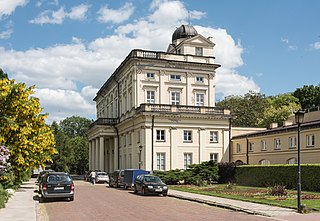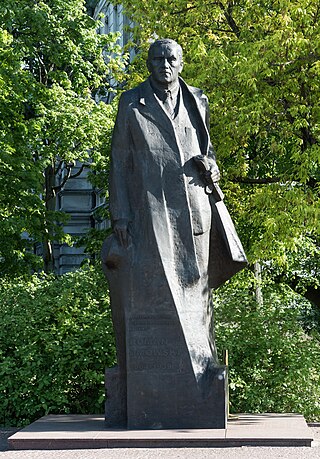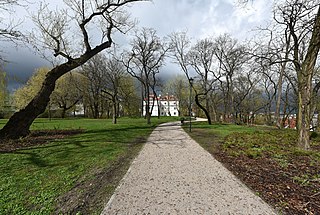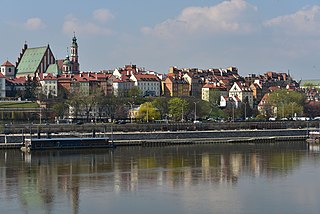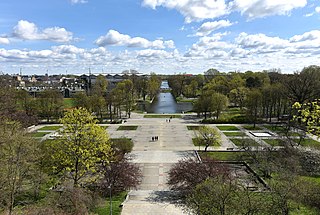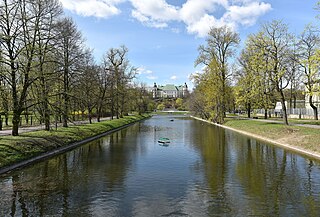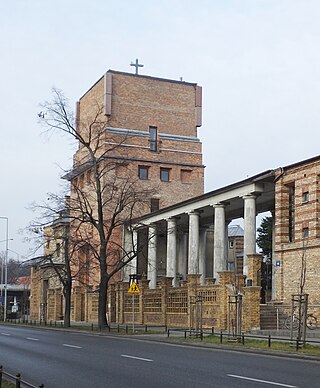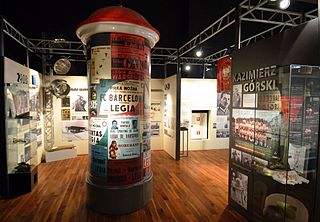Self-guided Sightseeing Tour #20 in Warsaw, Poland
Legend
Guided Free Walking Tours
Book free guided walking tours in Warsaw.
Guided Sightseeing Tours
Book guided sightseeing tours and activities in Warsaw.
Tour Facts
3 km
61 m
Experience Warsaw in Poland in a whole new way with our free self-guided sightseeing tour. This site not only offers you practical information and insider tips, but also a rich variety of activities and sights you shouldn't miss. Whether you love art and culture, want to explore historical sites or simply want to experience the vibrant atmosphere of a lively city - you'll find everything you need for your personal adventure here.
Activities in WarsawIndividual Sights in WarsawSight 1: Botanical Garden
The Botanical Garden of the University of Warsaw is a botanical garden located at Aleje Ujazdowskie 4 in Warsaw, which since 1818 has been under the care of the Warsaw School of Medicine, then the Royal University of Warsaw, and since 1916 the University of Warsaw, and renamed the Botanical Garden of the University of Warsaw.
Wikipedia: Ogród Botaniczny Uniwersytetu Warszawskiego (PL), Website
Sight 2: Roman Dmowski
The Roman Dmowski Monument in Warsaw is a bronze statue, 5 meters tall, of Polish politician Roman Dmowski in Warsaw, on Na Rozdrożu Square at the intersection of Szuch and Ujazdów Avenues. It was unveiled on 10 November 2006. The statue holds a copy of the Treaty of Versailles and carries a quotation from Dmowski's book: "I am a Pole, so I have Polish duties...". The monument has been controversial.
Sight 3: Ignacy Daszyński
The Ignacy Daszyński Monument is a bronze statue in Warsaw, Poland, placed in the Crossroads Square, at the intersection of Szucha Avenue and People's Army Avenue. It is dedicated to Ignacy Daszyński, a socialist and politician, who was the first prime minister of Poland in 1918. The monument was designed by Jacek Kucaba, and unveiled on 11 November 2018.
Sight 4: Park Jazdów
Park Jazdów – a park in the center of Warsaw, located on the Warsaw escarpment in the area of Jazdów Street
Sight 5: Skarpa warszawska
Warsaw escarpment – the common name of the high (western) Vistula escarpment in Warsaw. This escarpment is the most characteristic natural element of Warsaw's terrain, shaping the landscape and spatial structure of the city.
Sight 6: Park Agrykola
Agricola Park, also known as Agrykola Park, and the North Baths, is an urban park in the city of Warsaw, located within the district of Downtown. It is located to the north from the Royal Baths Park.
Sight 7: Kanał Piaseczyński
The Piaseczyński Canal, also known as the Royal Canal, is a canal located in Warsaw, near the Agrykola Park, which is part of the Stanisławowska Axis.
Sight 8: Kościół Matki Bożej Jerozolimskiej
The Church of Our Lady of Jerusalem in Warsaw is a Roman Catholic rectory church located in the Śródmieście district of Warsaw, at Łazienkowska Street. He belongs to the Monastic Communities of Jerusalem.
Wikipedia: Kościół Matki Bożej Jerozolimskiej w Warszawie (PL)
Sight 9: Muzeum Legii Warszawa
The Legia Warsaw Museum is a museum and stadium tour dedicated to Legia Warsaw club history in Warsaw in Poland. The museum, located at the Polish Army Stadium, was opened on 21 April 2006 and is open daily for tours.
Share
How likely are you to recommend us?
Disclaimer Please be aware of your surroundings and do not enter private property. We are not liable for any damages that occur during the tours.
GPX-Download For navigation apps and GPS devices you can download the tour as a GPX file.
